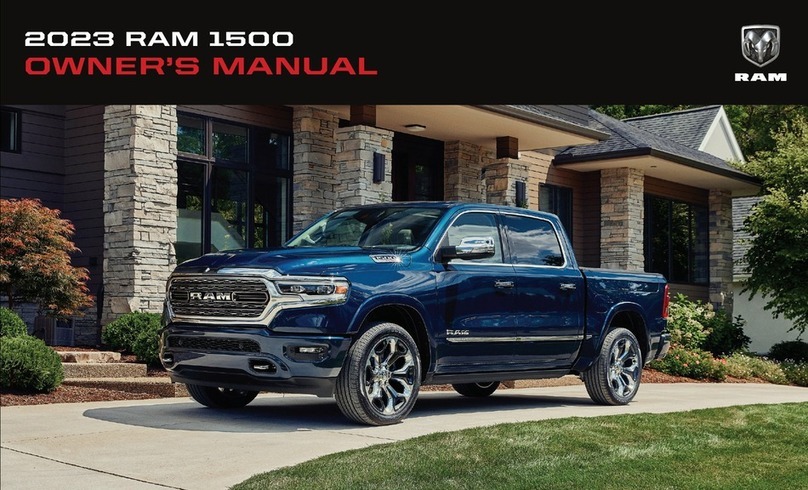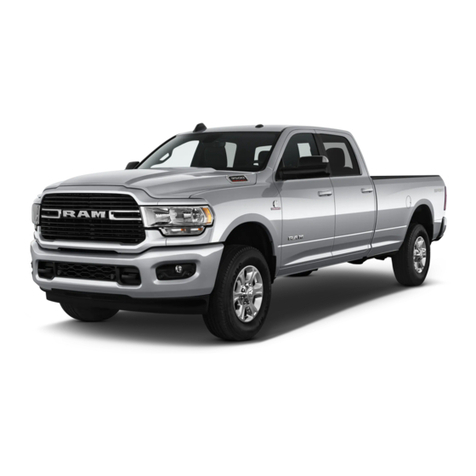RAM 1500 2018 Owner's manual
Other RAM Automobile manuals

RAM
RAM 2500 CNG Owner's manual

RAM
RAM promaster city 2017 User manual

RAM
RAM Cargo Van 2014 User manual
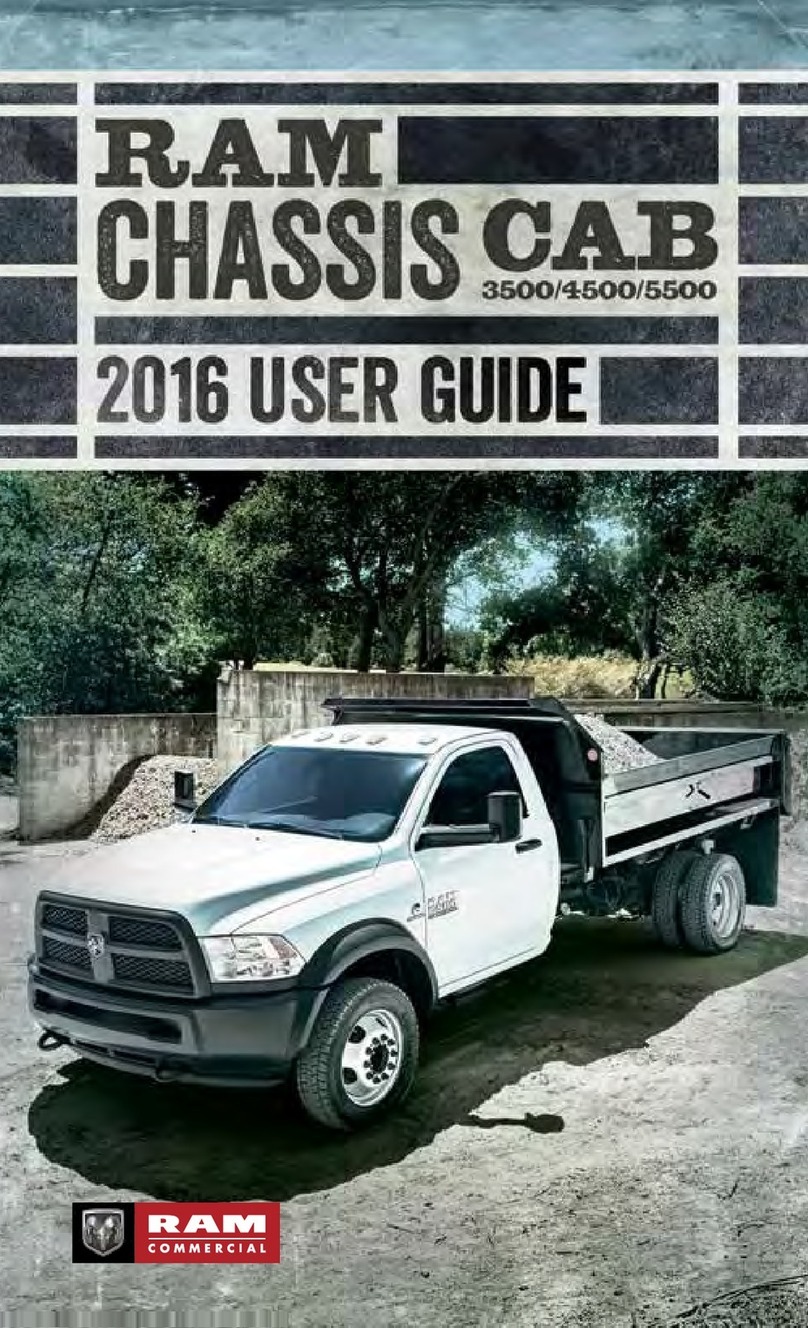
RAM
RAM Chassis CAB 4500 2016 User manual
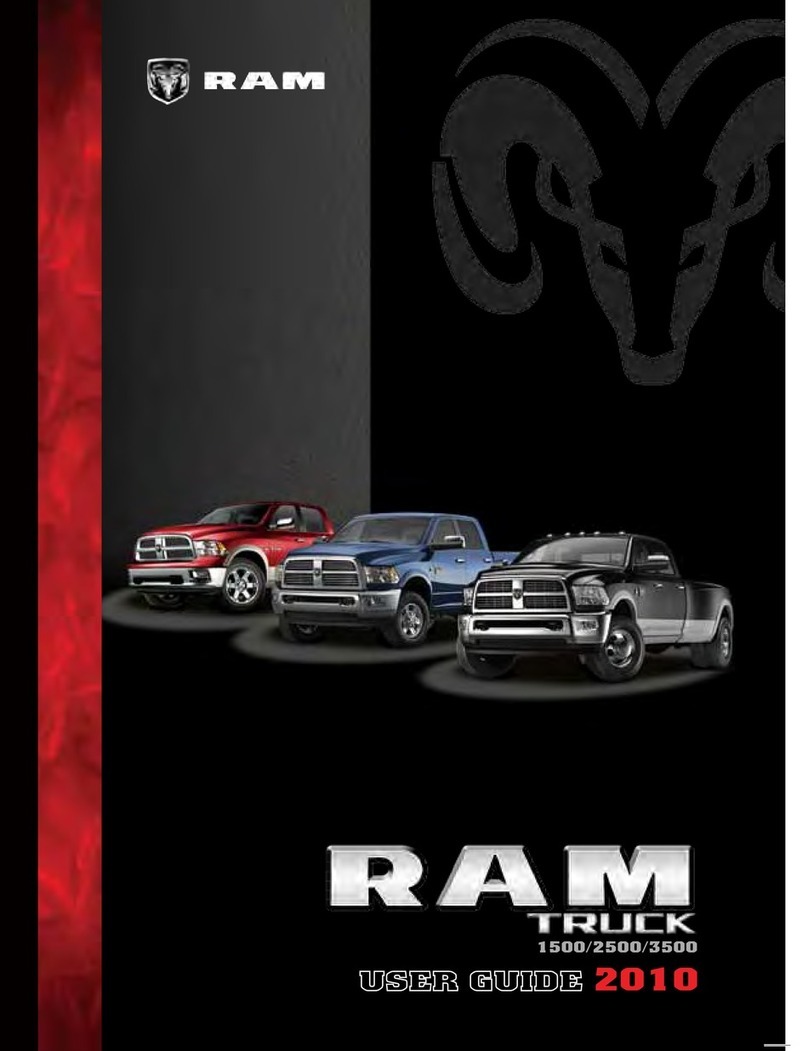
RAM
RAM TRUCK 1500 2010 User manual
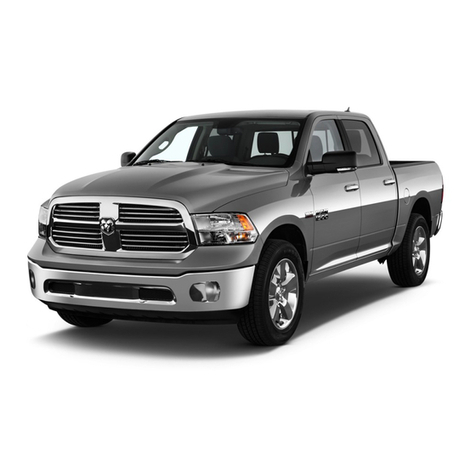
RAM
RAM Truck 2014 User manual
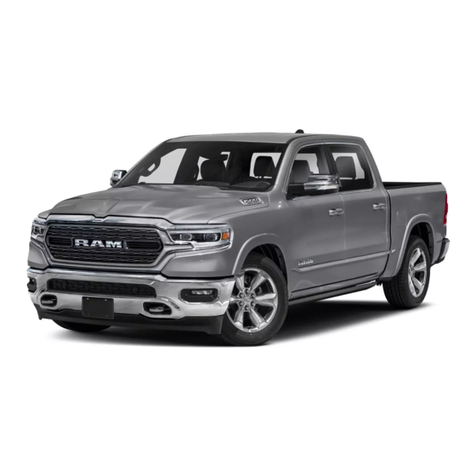
RAM
RAM 1500 2019 User manual
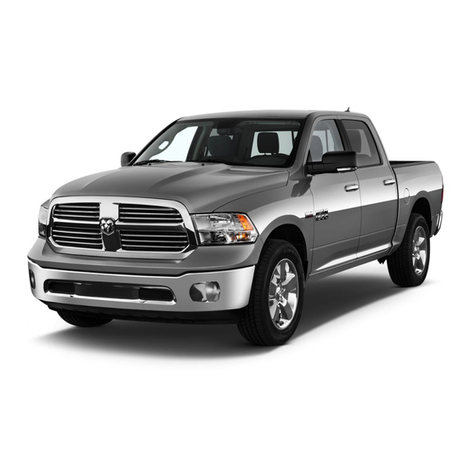
RAM
RAM Trucks 1500 User manual
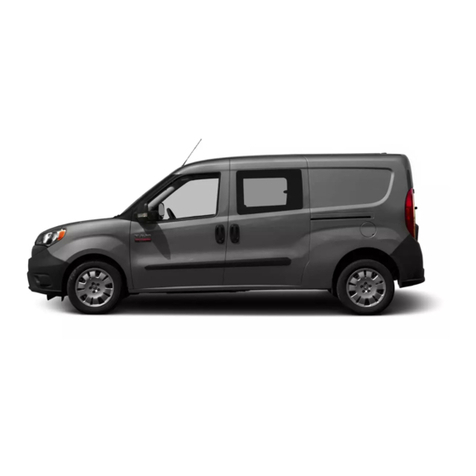
RAM
RAM PROMASTER CITY User manual
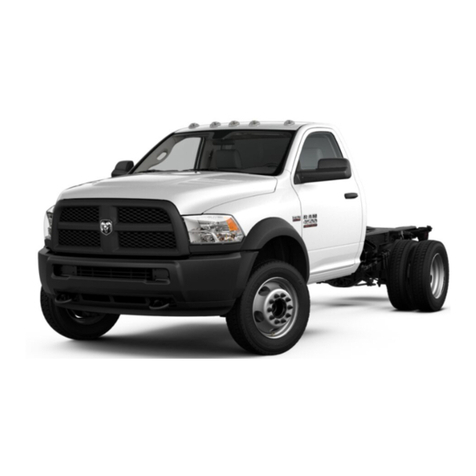
RAM
RAM Ram 3500 2012 User manual
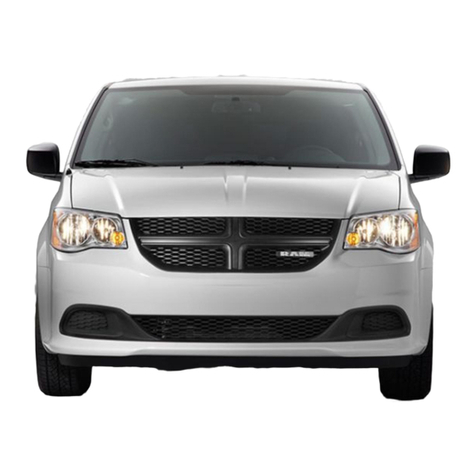
RAM
RAM RAM CV 2013 User manual

RAM
RAM RAM 3500 User manual
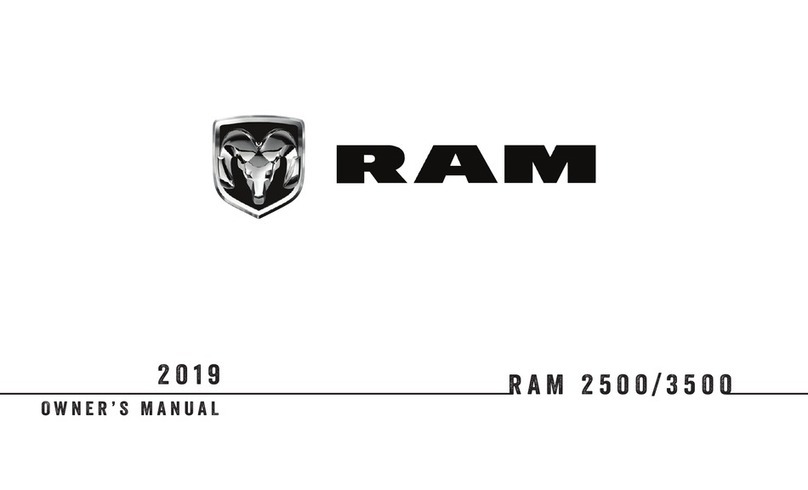
RAM
RAM 3500 2019 User manual
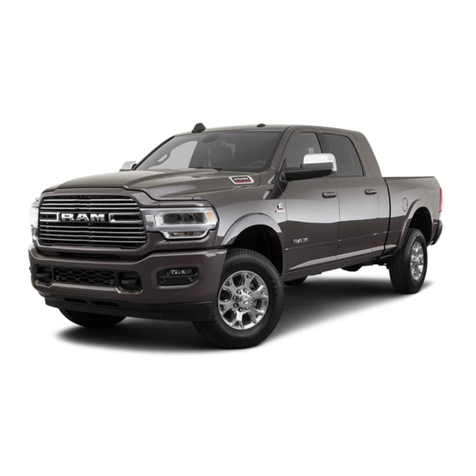
RAM
RAM 2500 2020 User manual

RAM
RAM TRUCK 1500 2014 User manual
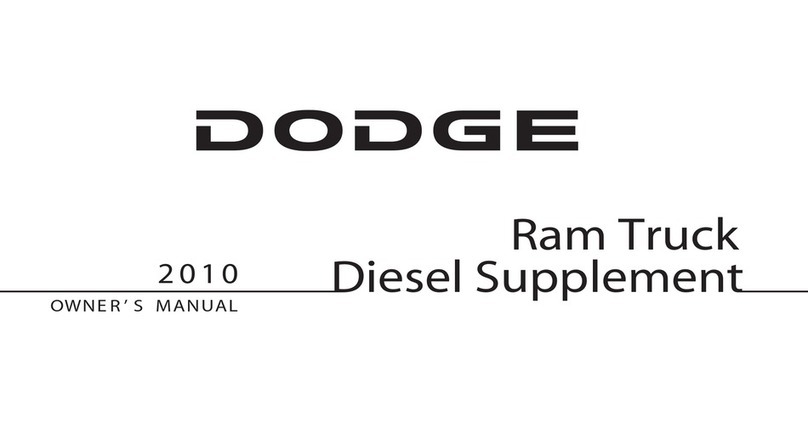
RAM
RAM Ram Dodge 2010 User manual
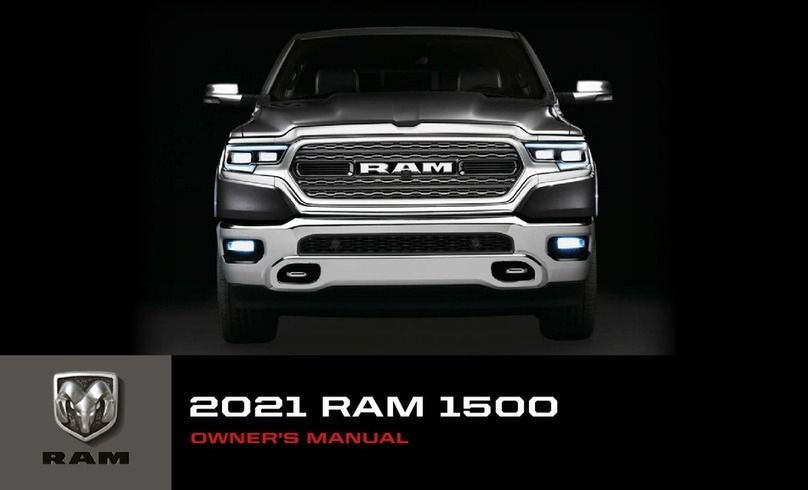
RAM
RAM 1500 2021 User manual

RAM
RAM Trucks 1500 User manual
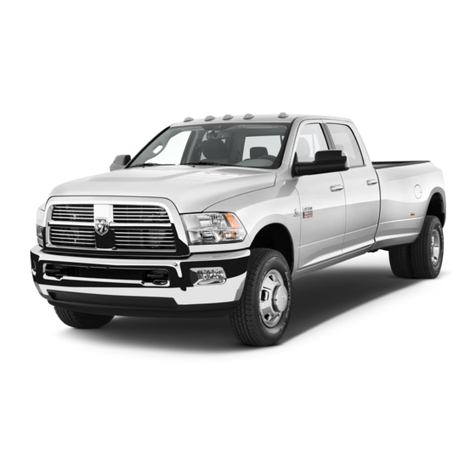
RAM
RAM RAM 3500 2013 User manual
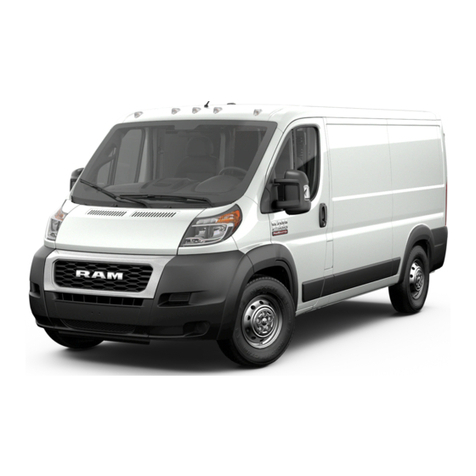
RAM
RAM PROMASTER 2021 User manual

